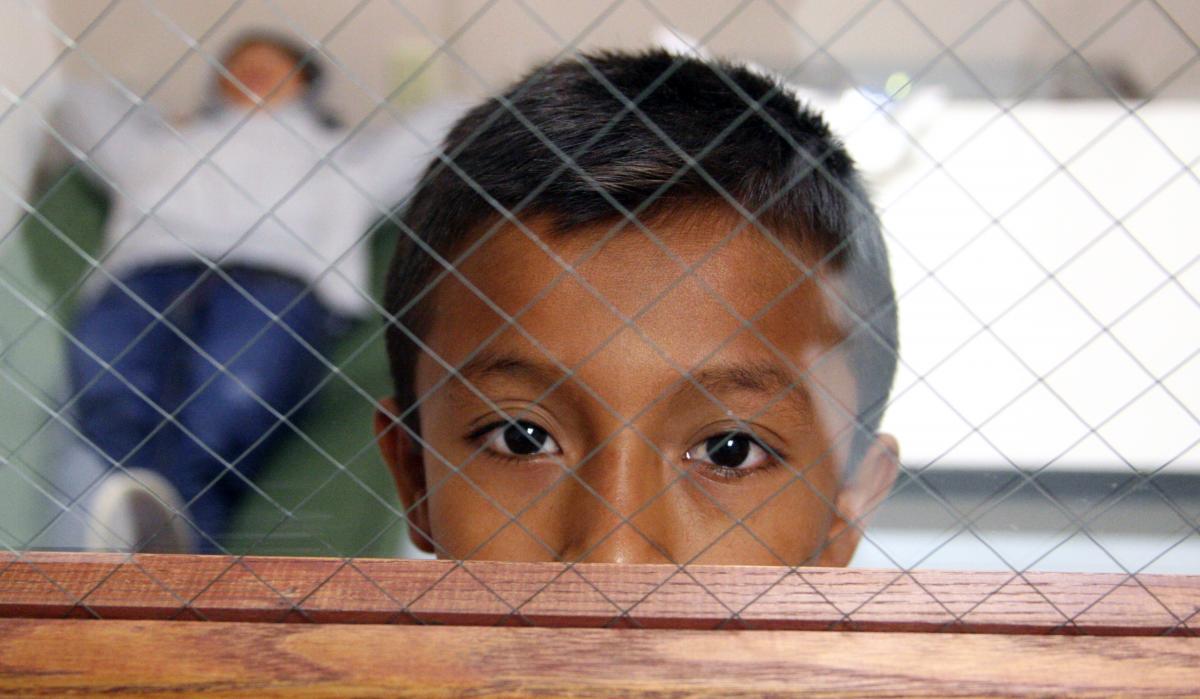After a quiet year in 2015, migrants fleeing violence in Central America are crossing the US border in numbers rivaling the massive influx that occurred in 2014.
The new arrivals come at a time when the US is deporting hundreds of undocumented immigrants and struggling to find ways to halt this new flow of migrants. But in a significant policy shift, the US announced last week it would formally open its refugee resettlement program to those fleeing violence in Central America, marking a significant change in how these children and families are treated.
At the root of this unfolding drama is the pervasive violence that defines many lives in Honduras, El Salvador and Guatemala. According in InSight Crime, violent crime rates in these three countries are some of the highest in the Western Hemisphere with street gangs and drug cartels often operating with complete impunity. In 2015, El Salvador became the most violent country in the Western Hemisphere following a stark increase in its homicide rate after a two year old truce between its two largest gangs fell apart. Although El Salvador took this infamous top spot from neighboring Honduras, that country still came in third with almost 57 homicides per 100,000 people and multiple homicides – a notable marker of organized crime – increasing even as the overall murder rate fell. Guatemala rounded out the top five with 30 homicides per 100,000 people, a significant decrease from the murder rate in 2009 but a stubbornly high figure nonetheless.


The impact of this violence is clear: according to US government data, of the nearly 38,000 unaccompanied children and families who crossed the southern border from October to December 2015, less than 4,000 of them did not come from these three countries.
Yet unlike 2014, adding to the influx this time is the increase in Cuban migrants entering the US overland through Central America and Mexico. Many of these Cubans believe that with warming relations between the USA and Cuba, the USA’s Wet foot/Dry foot policy may come to an end. The 5,000 mile journey is a difficult one, but avoids the US Coast Guard and has become popular for those Cubans trying to escape the island in the past year. However the overland exodus of Cubans has also placed additional stress on governments in Central America as thousands of Cubans pass through the same trodden path that many of their own citizens are taking north.
So far the reaction from the Obama administration has been to increase deportations and offer financial assistance to governments in Central America to place the onus of stopping the migrants on them. Congress recently approved $750 million to halt the flow of migrants, with the funds being directed to USAID projects agreed to by Honduras, Guatemala and El Salvador as part of the “Plan for Alliance of Prosperity” launched in 2014 following the height of unaccompanied child arrivals. But neither strategy has produced the desired results, and instead has served to heighten the controversy surrounding the treatment of Central American migrants, many of whom are women and children.
On to the UN
Last week, the Obama administration changed its tune and announced it is expanding its Refugee Admission Program to include migrants from Central America and would work with the UN Refugee Agency in screening and processing the new arrivals. The shift in policy is a significant one; by launching a formal refugee program, the US is finally acknowledging that the violence impacting these communities in Central America does constitute armed conflict that requires a much broader response than is possible under standard immigration policy.
However this does not mean that those who qualify for refugee status will be allowed to stay in the US. According to a report in the New York Times, negotiations are under way with other countries in the region to establish processing centers for Central American refugees before they reach the US, with other countries debating whether to open their borders for refugee resettlement. Thus the fate of the thousands attempting to make it to the US remains unclear, even while the policy changes announced last week are a step in the right direction.
There are also potential wider implications of this policy shift. Organized crime is typically viewed as separate from armed conflict, even when the two produce the same results. By formally opening its refugee program to those escaping organized violence in Central America, the US is sending a strong signal to the world that it is time to reevaluate this assumption. Doing so may finally move global refugee policy in a direction that is more appropriate for 21st century realities, even if it is just one step at a time.
